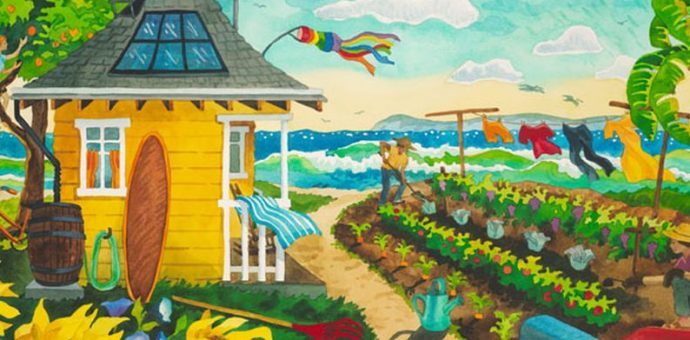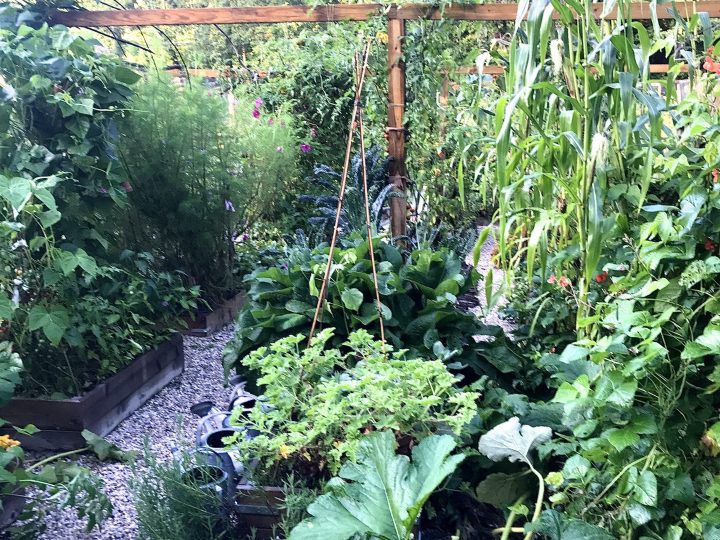
Most animals, apart from pets, are seen as unwanted invaders in our homes, but some structures are built to attract them.
The Habitat House at the Lower Mill Estate in the Cotswolds, UK, was designed by architects Featherstone Young, and sits in the lush landscape of a one-time quarry now converted into holiday homes and a luxurious wetland. The house has been designed to be welcoming to wildlife as well as humans. There is a turfed roof with meadow flowers to attract butterflies and insects. The walls are tiled with timber shingles to provide places of shelter for other insects and invertebrates, and gaps in the rough stone walls allow similar refuges. Overhanging eaves aim to encourage nesting birds and, of course, the lake in front of the house features its own ecosystems. The architects tried to avoid using the familiar bolt-on animal architectures — the bird and bat nesting boxes and so on — and incorporate the animal dwelling opportunities into the fabric of the building itself.

There are other fascinating projects aimed at integrating animal dwellings into man-made structures. Architect Sarah Wigglesworth’s Mellor Primary School, near Stockport, has a wonderful gable-end wall conceived as a mosaic of materials to welcome wildlife: bundles of logs, planks, pots, tubes and ledges that create an architecture of animal accommodation.


In the Netherlands, NEXT Architects built a bat-friendly bridge in the wonderfully named town of Monster. As well as incorporating space for the Bats, it is also an elegantly curving and swerving structure.

In Cardiff, designer Gitta Gschwendtner built a kind of Brutalist concrete wall for bats and birds, a high-rise housing estate which blends installation art and 1970s architecture into an expression of urban generosity.

Across the world there is an ever-increasing number of wetlands, hides and visitor centers designed to be more attractive to nature with thatched roofs, reeds, drystone and mud walls. An example is the thatched Beautour museum and biodiversity research centre in France, which encourages frogs and herons to make their homes beneath it.





